
Nearhood, Harold

Nelson, Ruth E.
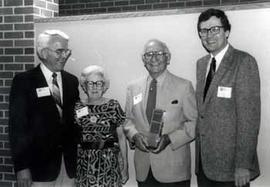
New members of the Campanile Society at South Dakota State University in 1985
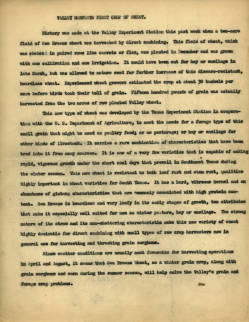
News Release
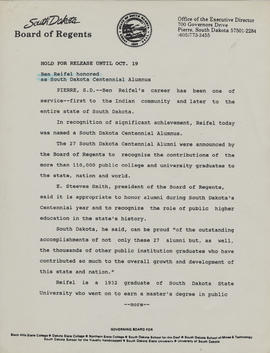
Newspaper Clippings about Ben Reifel

Nold, Mary E.

Nold, Mary E. (Mrs.)

Norman, Roy

Norman, Roy

North Dakota Congressional Delegates Telephone Interviews
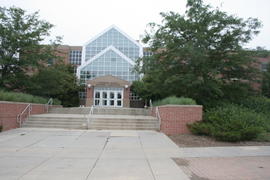
Northern Plains Biostress Laboratory
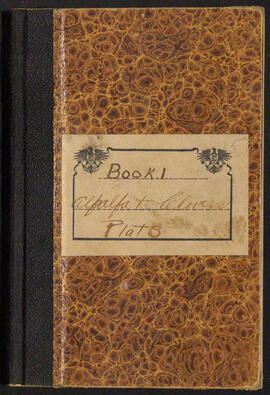
Notebooks: Alfalfa and clovers plat: Book 1
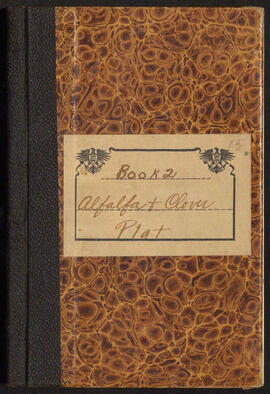
Notebooks: Alfalfa and clovers plat: Book 2

Notebooks: Alfalfa book
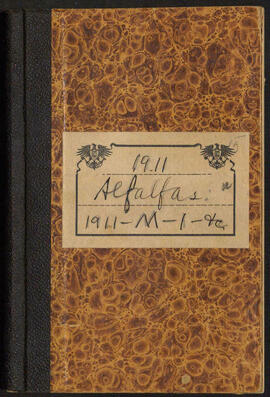
Notebooks: Alfalfa's: 1911-M-1-tc

Notebooks: Grasses for 1888 and 9: Grains for 1988

Notebooks: Grasses, clovers and forage

Oahe Conservation Sub district

Oak Lake Retreat Mentors

Oak Lake Tribal Writers' Retreat Announcement

Oak Lake Tribal Writers' Retreat Schedule

Oak Lake Writers Dialogue Questions

Oak Lake Writers Press Correspondence

Oak Lake Writers' Retreat

Oak Lake Writers' Retreat

Oak Lake Writers' Society By-laws

Oak Lake Writers' Society History

Oak Lake Writers' Society Poster

O'Banion, W.J., Mrs.

O'Banion, W.J., Mrs.
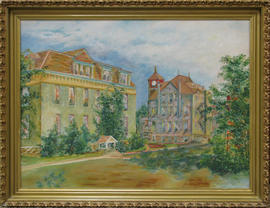
Oil Painting of Old North and Old Central
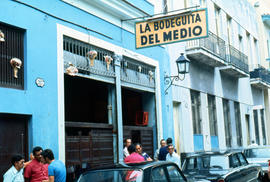
Old Havana, Cuba

Old Havana, Cuba
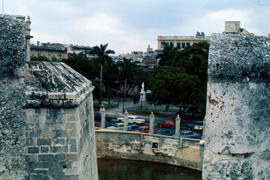
Old Havana, Cuba

Old Havana, Cuba

Old Havana, Cuba

Old Havana, Cuba
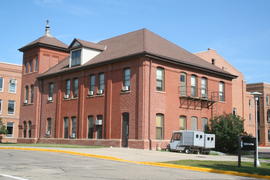
Old Horticulture Building

Old North

Olson, Ernest C.

Olson, Franklin
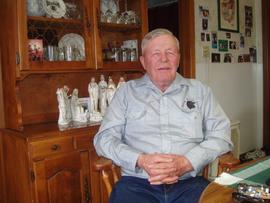
Olson, George

Olson, Lillian

Olson, Lillian

Opdahl, Harold N.

Opdahl, Harold N.

Ornate building in Manzhouli, Manchuria in northern China in 1924

Ornate store sign in Manzhouli, Manchuria in northern China in 1924

Orran Hofstetter and Congressman Frank Denholm in 1974

Page 1
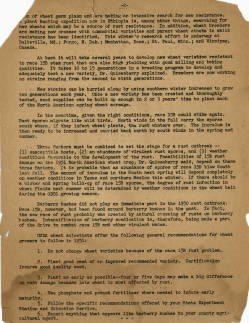
Page 2

Pamphlets Collected by Ben Reifel

Panek, Agnes
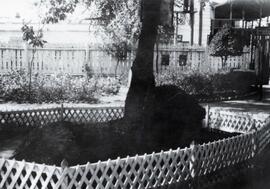
Park in Harbin, China in 1924

Park in Harbin, China in 1924
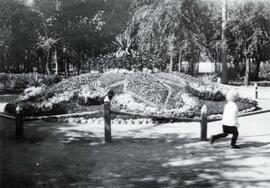
Park in Harbin, China in 1924

Park in Harbin, China in 1924

Park in Harbin, China in 1924

Park in Harbin, China in 1924

Park in Harbin, China in 1924
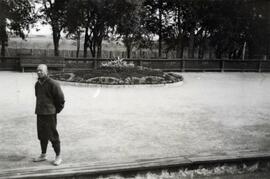
Park in Harbin, China in 1924
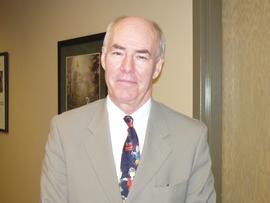
Parsley, Scott L.
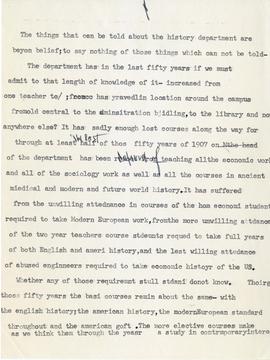
Partial draft of The Department of History, South Dakota State College, 1884-1943

Paul Bear Save Life allotment, 1930

Paulsen, Donald

Pear tree in the mountains at Saolin in northern China in 1924

People at a campground

People at an event
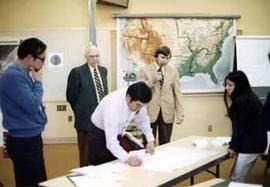
People looking at maps

Performing Arts Center

Peterson, Orville K.

Petik, Evelyn

Petik, Evelyn (Mrs. Joseph)
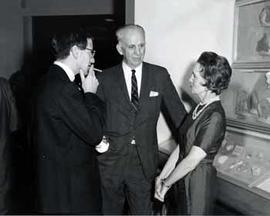
Phillip Ritterbush, Congressman Robert T. Ashmore, and Alice Reifel at the Smithsonian Institution in 1966

Philmont Scout Ranch in Cimarron, New Mexico in 1957

Photograph, Back
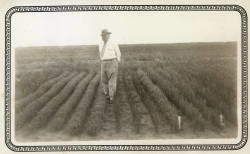
Photograph, Front

Physiology Laboratories

Pierson Hall
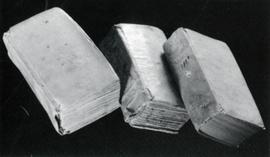
Pietro della Vale
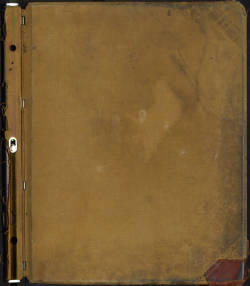
Pine Ridge Plat Map

Plant Science Laboratories

Plant specimen: Aceraceae Neck. Acer Ginnala Max. Plant specimen from the maple family

Plant specimen: Aceraceae Neck. Acer Mairunduense ? et Mey. Plant specimen from the maple family
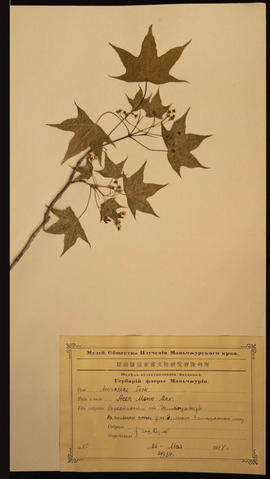
Plant specimen: Aceraceae Neck. Acer Mons Max. Plant specimen from the maple family
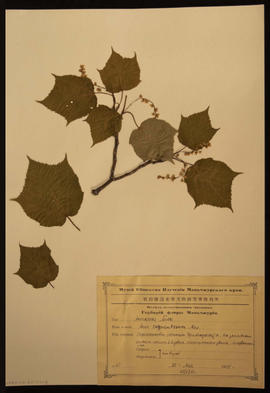
Plant specimen: Aceraceae Neck. Acer Tomentosum Max. Plant specimen from the maple family
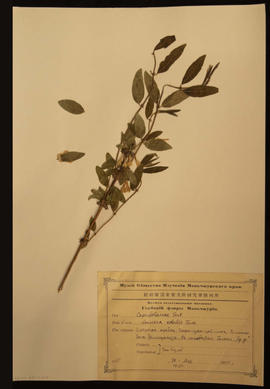
Plant specimen: Caprifoliaceae Vent. Lonicera edulis Turcr. Plant specimen from the honeysuckle family
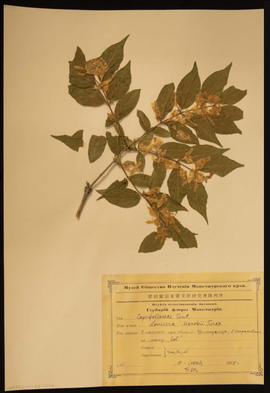
Plant specimen: Caprifoliaceae Vent. Lonicera Maackii Turcr.

Plant specimen: Pinus pungens, also called Table Mountain Pine, hickory pine, prickly pine or mountain pine.
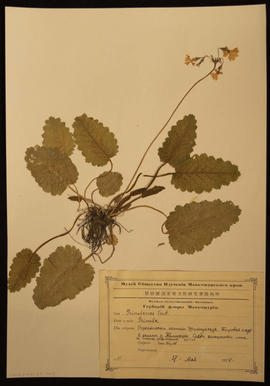
Plant specimen: Primulaceae Vent. Primula.
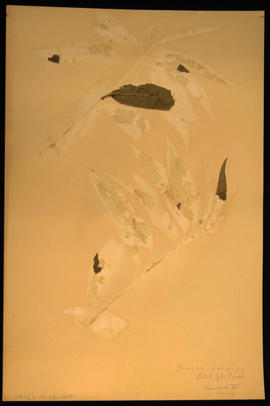
Plant specimen: Prunus persica. Dbl. fl. Peach. Kaises VII.

Plant specimen: Rosaceae B. Juss. Micromeles alnifolia Koehne

Plant specimen: Rosaceae B. Juss. Prunus padus L.
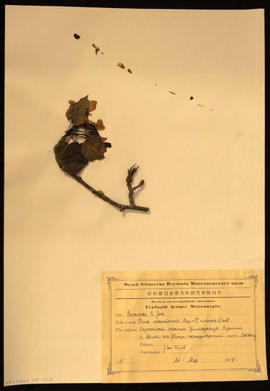
Plant specimen: Rosaceae B. Juss. Pyrus ussuriensis Max =P. Sinensis Lindl.

Plant specimen: Rosaceae B. Juss. Spirea Chamaedrifolia L. Common name germander meadowsweet or elm-leaved spirea
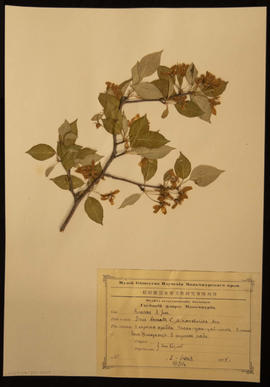
Plant specimen: Rosaceae B. Juss. Spirea Chamaedrifolia L. Common name germander meadowsweet or elm-leaved spirea

Plant specimen: Rosaceae B. Juss. Spirea media Schmidt
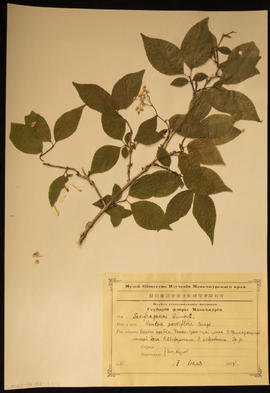
Plant specimen: Saxifragaceae Dumort. Deutzia parviflora Bunge

Plant specimen: Saxofragaceae Dumort. Ribes manshuricum (Max.) Kom

Poetry Reading at the South Dakota Art Museum





























































































